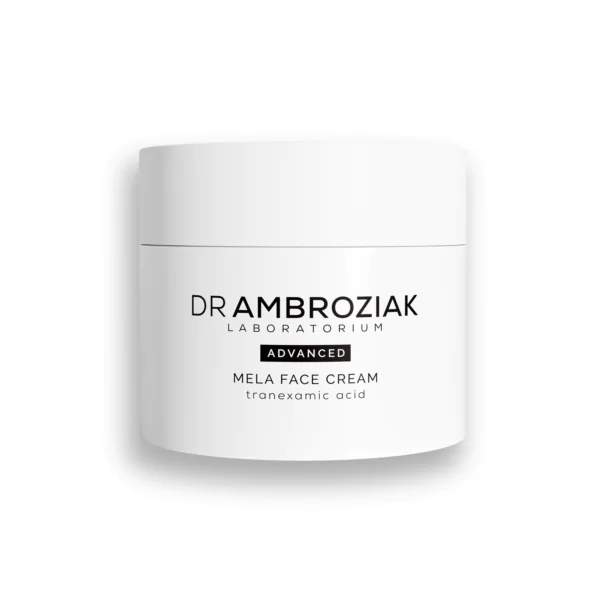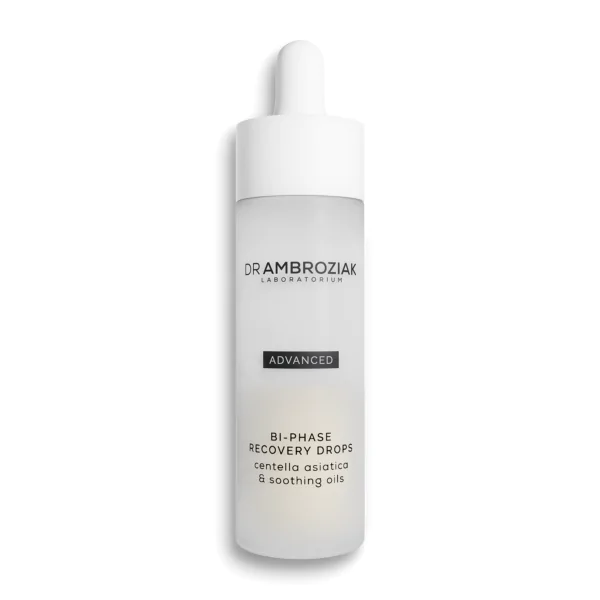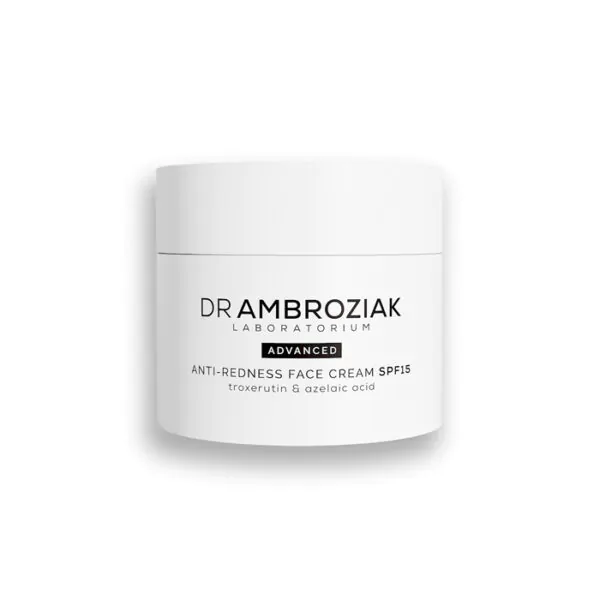Breast lift
caring for your feminity
Loss of firmness and the associated sagging of breasts is a natural process associated with aging. With the passage of time, the level of collagen and elastin begins to fall, which also causes the breasts to fall. Very often the problem also appears after pregnancy and breastfeeding, and in the case of a significant weight loss.
The problem of sagging breasts very often negatively affects the well-being of women, who lose confidence and are ashamed of their bodies. The solution to this problem is mastopexy, i.e. breast lift.
Why is it worth it?
Shapely and firm breasts are essential for most women. The mastopexy procedure allows restoring the proper shape of breasts, removing the excess of loose skin and, if necessary, moving the nipple-areola complex.
What do you need to know?
Problem solved
excessive sagging of breasts
How often repeat
The surgery does not need to be repeated.
Duration time
depending on the surgery scope, 2-4 hours
Effects
Lifting and giving the right shape to breasts.
Talk with our consultant
Book consultation!
Lets talk
Book consultation!
FAQ
The breast lift surgery is performed under general anaesthesia. It involves removal of excess skin or skin and a section of the gland to give the breast a nice new shape. The key element of the surgery is lifting of the nipple-areola complex. The areola is often reduced at the same time, and in the case of asymmetrical breasts or nipples, they are symmetrised. Depending on the degree of sagging, the scar is presented as follows: from a scar around the areola to a scar around the areola combined with an anchor-shaped scar (from the nipple a vertical line running to a horizontal line in the skin fold under the breast).
POSTOPERATIVE RECOMMENDATIONS AFTER THE BREAST LIFT SURGERY
1. Someone you trust needs to drive you home and take care of you for 1-2 days.
2. Throughout the recovery period, eat a balanced diet with plenty of liquids.
3. Only take the medicines prescribed by the doctor. Do not take aspirin or medicines causing blood coagulation disorders or bleeding.
4. Do not drink alcohol for 3 weeks after the surgery.
5. Do not smoke or stay nearby smokers until the end of the healing process.
Physical activity
1. Start walking as soon as possible, as this will reduce swelling and the possibility of blood clot formation.
2. Do not drive a car while taking strong analgesics.
3. Do not drive a car for 1 week after the surgery. Once you start driving again, keep your hands low on the steering wheel, and your arms down.
4. Wash your hair without raising your arms above the shoulders.
5. Take care not to make the operated area wet while taking a shower.
6. Avoid physical activity causing increased blood pressure, including bending forward, lifting and stretching.
7. Do not raise your arms above the level of your shoulders for at least 6 weeks.
8. Do not carry heavy weights (shopping, baby) for 2-3 months after the surgery.
9. Do not do the vacuuming or gardening for 6 weeks after the surgery.
10. Avoid physical exercise for 2-3 months after the surgery.
11. Do not sleep on your belly for 3-4 months after the surgery.
12. Sleep with your head and arms placed high up, at least on 2 additional pillows.
13. Do not return to work sooner than 10-14 days after the surgery.
Indications concerning the wound
1. You can take a shower no sooner than 24 hours after the surgery.
2. Avoid exposing the scar to sunlight for at least 12 months after the surgery. Always apply high factor sunscreen if sunlight exposure is unavoidable.
3. Plasters applied on the surgical wound must remain intact until removal of the sutures.
4. Always keep the dressing clean and dry.
5. Wear an appropriate bra for at least 6 weeks after the surgery.
6. Wear cloths with buttons or a zipper at the front or back. Avoid clothes which you need to pull over your head.
What to expect
1. You may feel pain in the breast area after the surgery. The frequency and intensity of discomfort will gradually decrease on each subsequent day.
2. 2-3 days after the surgery, you may notice swelling or bruising in the upper part of the abdomen area. This is caused by movement of the swelling from the breast area towards lower body parts as a result of gravity. This is a temporary symptom, which usually disappears after approximately one week.
3. Sensation disorders in the lower part of the breasts may occur. This symptom will disappear with time, maximally after a few months after the surgery.
4. In some cases, one breast may be more painful than the other, which does not mean something wrong is happening.
5. Slight bleeding from the area of the cuts is normal after the surgery.
6. Discomfort may appear during the first few days and will decrease on each subsequent day.. Postoperative care
1. Please attend follow-up visits during the first (1st) and second (2nd) week after the surgery. Sutures will be removed approximately 14 days after the surgery.
2. Call to schedule the appointment for removal of sutures or further control of wound healing.
3. On bruised areas, you may apply Auriderm XO cream, 2-3 times per day.
4. After approximately 2 weeks, start applying Cicaplast on the scars, 2 times per day.
infections or general poor health,
hypertension, diabetes
dermatological diseases and skin lesions in the breast area,
blood coagulation disorders, young age (breasts must be fully formed), breastfeeding and pregnancy
The surgery is performed under general anaesthesia. Pain in the operated area is a consequence of practically every surgical operation. It usually subsides with the use of basic analgesics, but rest is a key element of postoperative convalescence to improve wound healing and recovery.
The surgery restores the natural shape of breasts and significantly lifts them.
The surgery result is permanent; however, with the passage of time, the breasts will continue to gradually fall under the influence of gravity. How long it will last also depends on the patient's skin quality, age, possible pregnancy. Wearing appropriate underwear is also very important. It is best to postpone the treatment until family planning is completed;
The breast lift surgery is intended to form a natural breast shape. However, the patient should be aware that there are visible scars after the procedure.
After breast lift, complications can occur as with any surgical procedure, including infection, impaired wound healing and scar overgrowth. In the first postoperative days, increased bleeding may occur, which may be an indication for reoperation. Sensory disturbances, especially in the nipple, and skin necrosis of the nipple must also be taken into account. However, if the patient follows the preoperative and postoperative instructions, the operation is completely safe.
First results are noticeable immediately after the surgery but, due to the wound healing process, the results are evaluated after 3 months.
The surgery result is permanent; however, the patient must be aware that, with the passage of time, the breasts may continue to gradually fall. It may then be necessary to perform a reoperation. It is not possible to give a definite estimate of how long the operation results last, as this depends on many individual, variable factors directly related to the patient.
We also recommend
Find the perfect treatment for you

Phototherapy LED
The power of phototherapy is for several years helping a lot in the healing procedures in dermatology, aesthetic dermatology, plastic ...

Kinesiotaping
Kinesiotaping is a physiotherapeutic method supporting the convalescence process after plastic surgery procedures.

Agnieszka Jarosz- Pre-surgery Patient Support
Scar therapy
In most cases, scars heal spontaneously, without the need for specialist intervention. Sometimes, however, abnormalities do occur.











